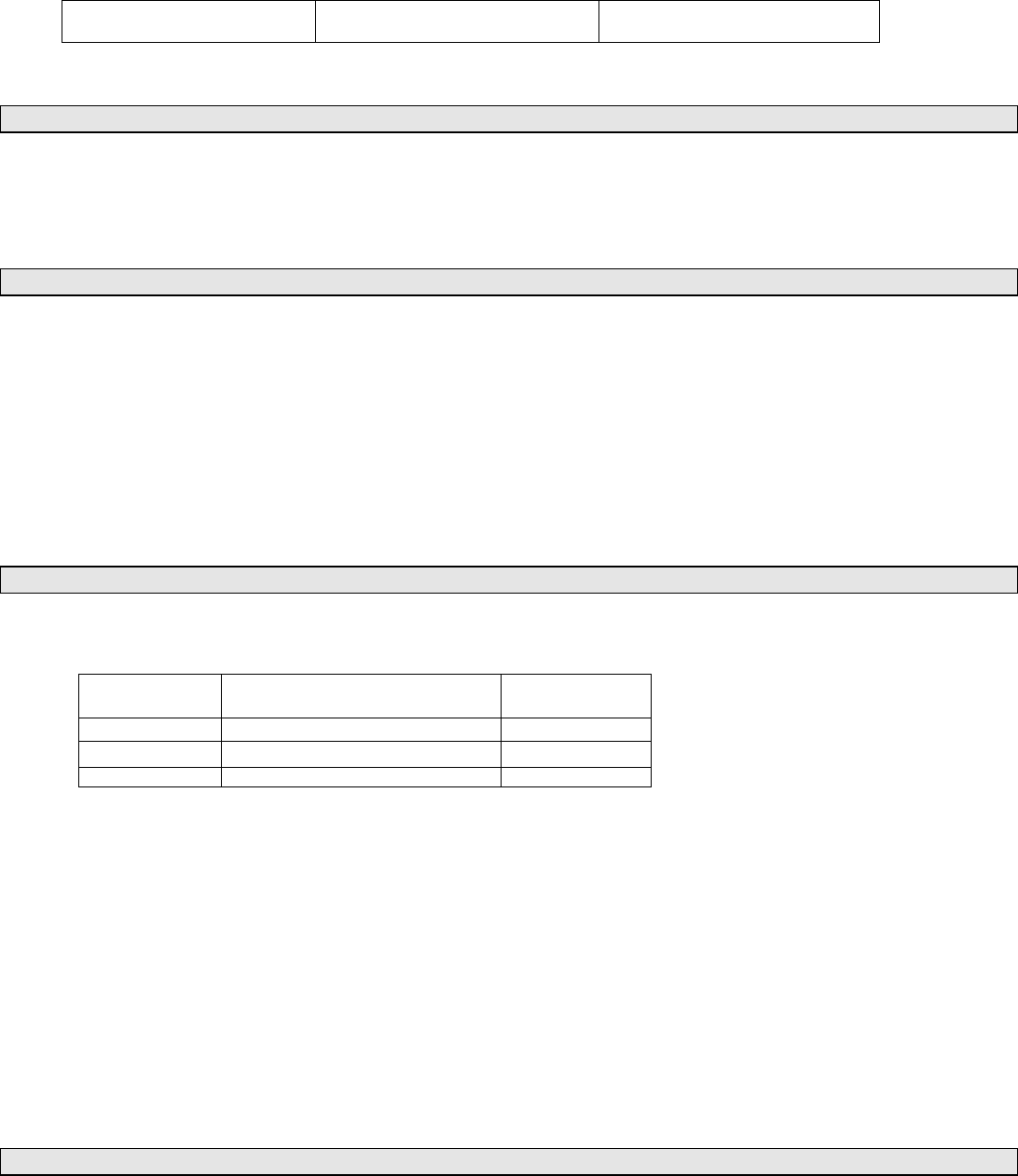SDS

Print Date: 2015-08-06
SDS-Non-Phthalate FlexPVC.docx 4 | P a g e
Kaolin clay
15 mg/m3 8-hrs TWA (total dust)
5 mg/m3 8-hrs TWA (respirable)
10 mg/m3 8-hrs TW A
*
May exist m trace quantities not intentionally introduced.
Section 9 – Physical and Chemical Properties
Appearance: Clear, Off-White, or Colored
Pellets or powder
Odor: Characteristic “plastic”
Specific Gravity: 1.1 to 1.6 (water = 1.0)
Solubility in water: None
Boiling Range: Not Applicable
Melting point: Varies
Percent Volatile: Negligible to none
Vapor Pressure: Not Applicable
Evaporation Rate: Non-volatile
SECTION 10 - SPECIAL PRECAUTIONS
As with any material meant for industrial use only, good industrial practices and procedures should be followed at all times when handling, storing,
or processing this material.
Chemical Stability: This product is non-reactive
Incompatible materials: Acetal or acetyl copolymers, amine containing materials, strong acids and oxidizing agents
Hazardous Decomposition: Not expected to decompose under normal conditions. Does not react with air water or other common materials.
Overheating may cause thermal degradation and hydrogen chloride (HCI), carbon monoxide (CO), carbon dioxide
(C02) and other substances may develop.
Hazardous Polymerization: Will not occur.
Section 11 - Toxicological Information
This compound has not been evaluated as a whole for health effects. Exposure effects are based on known health data
f
or the individual components
as known from a review if suppliers’ MSDS.
CAS Number Chemical Name NTP
Classification
N420 Lead compounds*
2
7440-38-2 Arsenic compounds-inorganic*
1
75
-
01
-
4
Vinyl chloride*
1
*
May exist m trace quantities not intentionally introduced.
NTP: National Toxicology Program, US Department of Health and Human Services, Public Health Service.
NTP Classifications: 1
=
known to be a human carcinogen
2
=
reasonably anticipated to be a human carcinogen
The following information on polyvinyl chloride (PVC) is extracted from the NTP and HSDB (Hazardous Substance Data Bank, US National
Institutes of Health) databases:
Animal toxicity: Oral: Rat, TD
LO
210 mg/kg
Inhalation: Mouse, LC
50
140 mg/m
3
/10M
TD
LO
=
Lowest toxic dose in a given species by a given route of exposure.
LC
50
= Concentration that is lethal to 50% of a given species by a given route of exposure.
Rodents exposed to PVC by dietary or inhalation routes for 6 to 12 months have shown no significant toxicological effects.
Section 12 - Ecological Information






